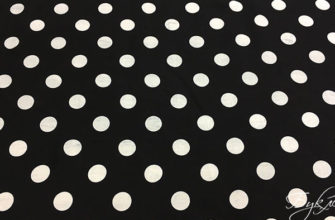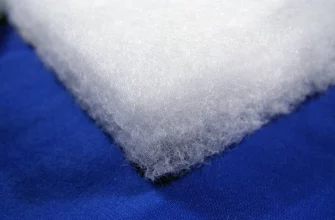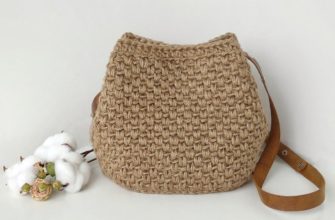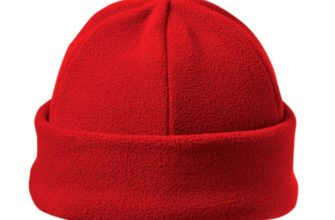There are several ways to apply patterns and inscriptions to fabric. Silk-screen printing on T-shirts is a proven method that allows you to quickly decorate an item. The print applied to the product will remain clear for a long time and will retain its brightness. The essence of the technology is the passage of paint through a stencil. Since it was previously silk, the method received this name. Now this material is polyamide (polyester) fiber.

Silk screen printing on fabric
This unique technology has been practiced since ancient times. It took its modern form in the 50s of the last century. Since then, the method of direct screen printing has been used to decorate a variety of products. The paint is transferred to the fabric through a stencil. Printing is done similarly on footer fabric, leather and plastic. Other methods and technologies for transferring a pattern to textiles: using a printer, sublimation, interlining.
Silk-screen printing has its own peculiarities: when designing less than 50 T-shirts, the price is quite high, because it is labor-intensive to make a stencil. And also a full-color picture will not work. After all, the paints do not mix, the number of shades is limited. It is easy to transfer a logo, but not a photo. Several technological processes are used for implementation. Below we will consider step by step what silk-screen printing on fabric is.
Important! The T-shirt with the image is made on the computer.
The essence of technology
The equipment for silk-screen printing is selected depending on the batch of T-shirts on which the image needs to be applied. Thus, a small quantity is processed on hand-held silk-screen machines. For large print runs, a semi-automatic carousel machine is used. It significantly increases productivity. And also reduces the level of costs. After all, with its help, images are printed on several T-shirts at the same time.
The dye is applied directly to the fabric, which is different from the method where thermal transfer is used. After the drawing is applied, a permanent fixation is made. The paints are fixed using a tunnel dryer.
Screen printing on fabric has the following features.
- The image is transmitted with high accuracy.
- The prints are rich and colorful.
- The complexity of the drawing does not affect the result. It can be both decor and inscriptions.
- The automated process allows for large-volume production at a relatively low cost.
Speaking about the possibility of the method, it is necessary to note the universality of the technology. There are no special requirements for the material. Printing is done on cotton or mixed fabric, which are equally well suited for coloring. The picture is applied to any part of the finished T-shirt, sweatshirt, tank top. And also the image can be done before cutting the canvas, use a scarf, and so on. The picture turns out bright and embossed, its service life is comparable to the material itself.
Silk screen printing on fabric is used in the following areas.
- Manufacturing uniforms for sports teams.
- Uniforms of company employees.
- Corporate clothing for promotions and events.
- T-shirts for competitions and exhibitions.
- Memorable gifts for clients and partners.
Silk-screen printing is the production of exclusive and unique things. They can interest the audience, the clientele of any company. And also enhance the image.
The following stages are distinguished in the process.
- The layout for printing is created or taken in a ready-made form. The client can bring it to the silk-screen printing company. Or designers work on the elements of the drawing.
Attention! To transfer the image to the fabric better, use vector images. There are no pixels, which does not create a rasterization effect when enlarged.
- The file in vector format is taken as a positive or converted into a negative, which depends on the technique used. The layout is divided into colors, of which up to six are used in silkscreen printing.
- A mesh stencil is created, which is necessary for printing.
- Take a prepared layout for each color, make a film. You need to transfer the picture from it to a special sieve. It can have different thread density and hole size.
- The film is transferred to a mesh fabric. For this purpose, a light-sensitive emulsion is used. It is used to cover the stencil fabric.
- The model and fabric with the applied emulsion are transferred to the exposure unit, where the substance is exposed to light. Where the paint passes through the fabric, the emulsion will be destroyed. And in other areas it will harden, as a result of which the coloring substance will not leak.
- The finished sieve is tightly placed on the frame of the tensioning machine. It is glued with fast-drying glue. The fabric should not spring, otherwise the print quality will suffer.
- For each color, the mesh stencil is made in the same way.
- The next stage of silk-screen printing involves fixing all the screens on the carousel machine. They are aligned. After all, the paint must hit the fabric in the right place. The T-shirt is placed on the work table, and the stencil is tilted towards it, installing it parallel. Using a device, the paint is pulled along the sieve, exerting some pressure. Where the emulsion no longer interferes, the paint will get onto the product through the holes. After that, they begin to apply another color. The carousel of the machine is simply scrolled along the stencil with the desired image.
Following the order, they complete all the steps and send the T-shirt to dry in a special tunnel chamber, where the paint is fixed.
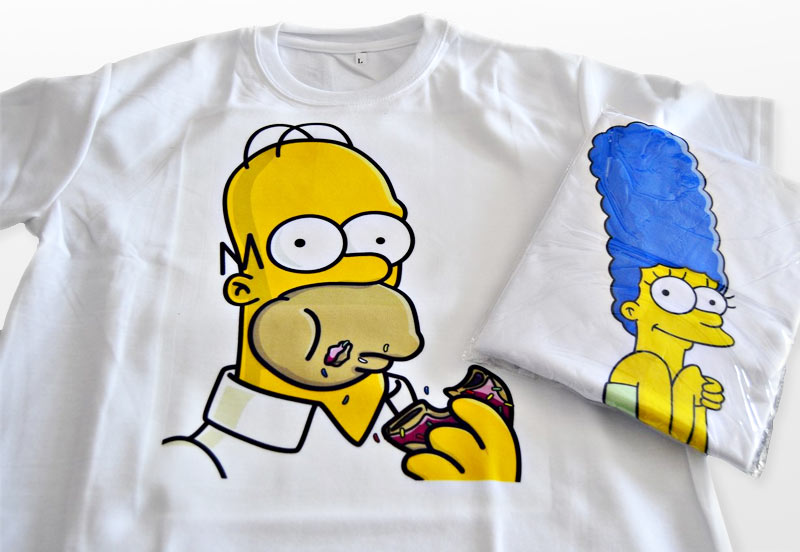
Main advantages
This method of applying an image to fabric is practical and advantageous. The following list can be made of the advantages of the method.
- Versatility in relation to fabric: natural and artificial, synthetic. Printing on silk is also possible.
- Durability under the following conditions: quality paints, correct process of drawing. Then the image will last for a long time.
- Simplicity, lack of labor intensity and time costs with good results.
- High productivity. After creating a stencil, of which 6 pieces can be fixed on a carousel machine, printing is carried out quickly.
- Large print runs are possible.
- Multiple use of the stencil. Long service life of the meshes.
- Low cost of the process.
Silk-screen printing is considered a win-win method of applying designs to textiles. This is probably the main advantage. The paints are wear-resistant, so the images last a long time. The products can be washed many times in hot water with almost any detergent composition.
Are there any disadvantages? Long preparation for printing is noted. The layout and stencils take most of the time.
Important! It is impossible to quickly change the design; it must be approved in advance.
Pricing
The price for the implementation of this method can be called democratic, it depends on the completeness of the service package. For example, whether a ready-made image was used or an individual design was performed. Another factor is whether it is necessary to design a single product or a whole batch. Wholesale service is cheaper. The time frame within which the order must be completed is important. The complexity and size of the drawing also affect.
The average price for a T-shirt (1 piece) will be 1,500 rubles*. This technology is one of the most affordable for transferring images onto fabric. At the same time, the product turns out bright and spectacular, which has become the reason for the popularity of the method among consumers.
* The indicated price is valid as of September 2019.

